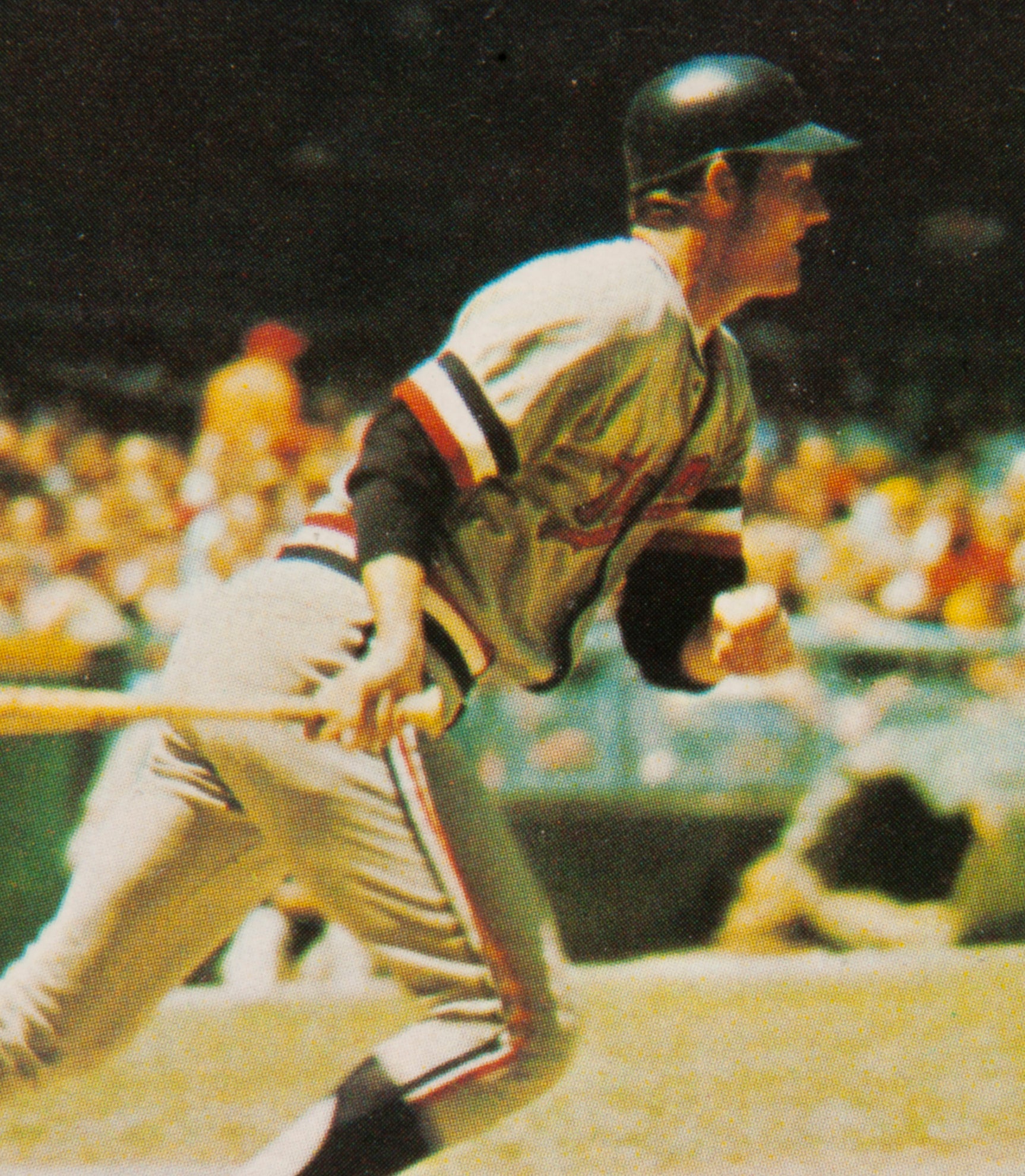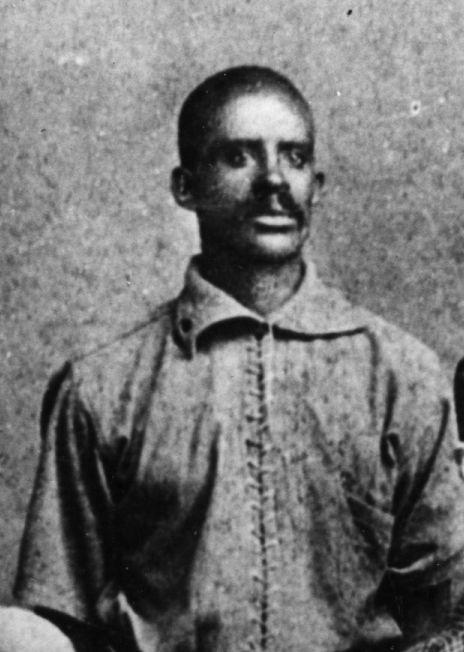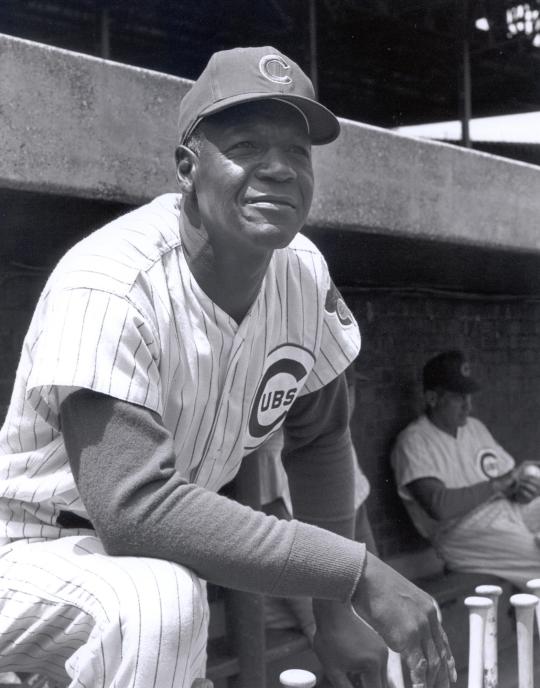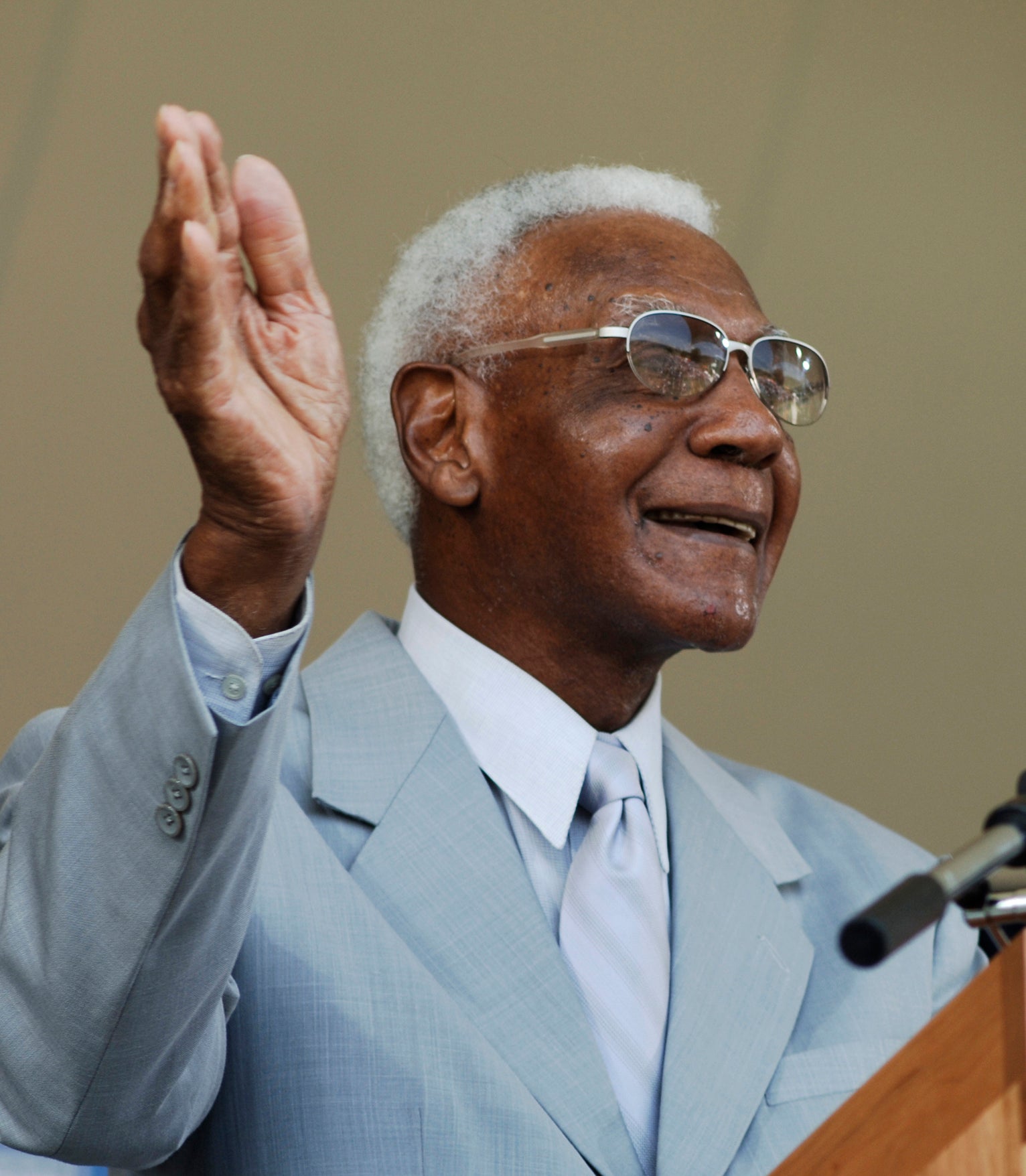- Home
- Our Stories
- Hall calls six via Golden Days, Early Baseball era committees
Hall calls six via Golden Days, Early Baseball era committees
For Jim Kaat and Tony Oliva, the call from Cooperstown was worth the wait.
Kaat and Oliva, former teammates on the Minnesota Twins in the 1960s and 70s, were two of six legends elected to the National Baseball Hall of Fame on Sunday, Dec. 5. Kaat and Oliva join fellow Golden Days Era electees Gil Hodges and Minnie Miñoso, along with Early Baseball Era electees Bud Fowler and Buck O’Neil. Fowler, Hodges, Miñoso and O’Neil are deceased.
“The added happiness that I have, in addition to a lot of the other men going into the Hall of Fame, is that I get to share it with my teammate Tony Oliva, who I have known for so long since he came up as a kid and developed into a Gold Glove outfielder,” Kaat said after he learned of his election. “For us Minnesota Twins, it’s going to be a great summer.”
The Golden Days Era Committee and the Early Baseball Era Committee held meetings Sunday, Dec. 5, in Orlando, Fla. The Golden Days Era Committee considered a ballot of 10 candidates whose primary contributions came from 1950-69. The Early Baseball Era Committee considered a 10-person ballot whose primary contributions came prior to 1950.
Hall of Fame Membership
There is no simpler, and more essential, way to demonstrate your support than to sign on as a Museum Member.
“To be able to get that call – I’m 83 years old, and to be alive, and to be able to say hello to the people, and thank you to the people, means a lot to me,” Oliva said.
Kaat pitched for 25 seasons with the Senators, Twins, White Sox, Phillies, Yankees and Cardinals, winning 283 games. A three-time 20-game winner, three-time All-Star and 16-time Gold Glove Award winner, Kaat’s 625 career games started ranks 17th all-time and his 4,530.1 innings pitched rank 25th.
Kaat, who debuted at the age of 20, pitched his last game in 1983 at 44. “I never wanted to do anything but play baseball,” Kaat said in 1982. “I owe the game a lot.
“I don’t think anybody in his right mind, signing a contract when he’s 18 years old, could expect to be playing this game when he’s 44. When you’re 18, you don’t even know if you’re going to be alive at 44.”
Kaat helped the Twins win the 1965 American League pennant and the Phillies win National League East titles from 1976-78 before transitioning to the bullpen, when he was a key member of manager Whitey Herzog’s bullpen as the Cardinals won the 1982 World Series.
Oliva spent his entire 15-year big league career with the Twins, winning three AL batting titles while leading the league in hits five times. The 1964 American League Rookie of the Year, Oliva was named to the All-Star Game in eight straight seasons from 1964-71 before knee injuries took their toll. A Gold Glove Award winner for his play in right field in 1966, Oliva became the first player in AL/NL history to win batting titles in each of his first two seasons. He received votes in the AL Most Valuable Player balloting in each season from 1964-71 and finished his career with a .304 batting average.
“There are a lot of other guys I’d rather see up there in a clutch situation,” said Hall of Fame skipper Whitey Herzog, who managed against Oliva and the Twins in the early 1970s. “You can’t make a bad pitch on him.”
Bill Rigney, who managed the Twins from 1970 to ’72, concurred, adding, “I don’t think I’ve seen anybody hit the ball as square as he’s hitting since I’ve been in the league.”
The native of Cuba, now 83 years old, was a five-tool star who was not only the first among his fellow countrymen to win a batting title but also the first to earn a Rookie of the Year crown, a season in which he led the AL with a .323 batting average, 109 runs scored, 217 hits and 43 doubles.
Hodges played 18 seasons with the Dodgers and the Mets from 1943-63, earning eight All-Star Game selections and three Gold Glove Awards at first base. He topped the 20-homer mark in 11 straight seasons from 1949-59, drove in 100-or-more runs each year from 1949-55 and played on seven pennant winners and two World Series champions, ending his career with 370 home runs – the third-most by a right-handed hitter at the time of his retirement.
Hodges went on to manage the Senators and Mets for nine seasons, leading New York to a memorable World Series title in 1969.
“He walked in and his physical presence changed what was going on immediately,” said Hall of Fame Class of 1992 member Tom Seaver, the pitching leader of the Amazing Mets. “Then, when he spoke, it changed even more. When you looked at the size of his hands, it changed even more.
“(Hodges) had a very strong personality. He had one way to run this business - as a professional. Pretty much from day one, he didn't try to make it too complicated. It was you, the player, understanding that there was a way you go about your business.”
Hall of Fame outfielder Max Carey, Class of 1961, marveled at Hodges’ defense: “People remember Hodges for his home runs and RBIs. But he was an artist around first base. He was one of the great fielders of all time.”
Hall of Fame manager Stengel agreed, adding, “He looked like a dancer at first base. He played with as much grace as any person I ever saw.”
Bob Aspromonte remembered Hodges as a caring teammate, saying: “I was just a 17-year-old kid when I joined the Brooklyn Dodgers in 1956 and Gil took me under his wing. I looked up to him. He was gentle to me and helped me along both on and off the field.”
In 1972, Hodges died of a heart attack at just 47 years old. But his offensive legacy includes having led all AL/NL first basemen of the 1950s in home runs (310), games (1,477), at-bats (5,313), runs (890), hits (1,491), runs batted in (1,001), total bases (2,733) and extra-base hits (585).
Also, he was second among all players in the decade of the 1950s in home runs and RBIs, third in total bases and eighth in runs.
Miñoso, born in Cuba in 1925, starred in the Negro National League with the New York Cubans from 1946-48 before debuting with the Cleveland Indians in 1949. He played 17 seasons with the Indians, White Sox, Cardinals and Senators, becoming the first dark-skinned Latin American player to appear in an AL or NL game. Miñoso finished second in the AL Rookie of the Year voting in 1951 and earned the first of nine All-Star Game selections in the AL/NL Midsummer Classic that year. A three-time Gold Glove Award winner in left field, Miñoso led the AL in triples and stolen bases three times apiece and finished his career with 2,110 hits and a .299 batting average.
“Minnie Miñoso is to Latin ballplayers what Jackie Robinson is to black ballplayers,” wrote Hall of Famer Orlando Cepeda in his 1998 autobiography. “Minnie is the one who made it possible for all us Latins.
“As much as I loved Roberto Clemente and cherish his memory, Minnie is the one who made it possible for all us Latins. Before Roberto Clemente, before Vic Power, before Orlando Cepeda, there was Minnie Miñoso.”
Luis Tiant, also a native of Cuba who pitched in the NL/AL from 1964 to ’82, said of Miñoso: “He was the one who represented all of us in the major leagues. For me, he was a he was my idol. Since I started playing, he was the Cuban who played the best in the majors at that time. Then he would come back to Cuba and do the same thing in winter ball.”
Miñoso, who once said, “I've got the sport of baseball in my blood. Playing baseball is all I've ever wanted to do,” saw the White Sox bring him back from retirement for at-bats in 1976 and 1980, making him and pitcher Nick Altrock the only two players in NL/AL history to play in five different decades. Miñoso passed away in 2015 at the age of 89.
O’Neil played, managed, coached, scouted and served as an executive for nearly eight decades – but his incredible legacy expands far beyond just baseball. He broke into the Negro American League with the Memphis Red Sox in 1937, then latched on at first base for the Kansas City Monarchs in 1938.
From 1939-42, the Monarchs captured four consecutive Negro American League pennants.
In 1948, O’Neil was named player-manager of the Monarchs – a role he would hold until 1955. After signing on as a scout for the Chicago Cubs, the franchise promoted him to their major league coaching staff in 1962, making him the first Black coach to serve on an AL or NL roster.
“It's no wonder that baseball is considered America's pastime. Buck was one of its architects. He helped shape the game,” said Hall of Famer Lou Brock, a player signed to the Cubs by O’Neil. “But even greater, he shaped the character of young Black men. He touched the heart of everyone who loved the game. He gave us all a voice that could be heard on and off the field. We who were close to him will forever seek to walk in the shade of his shadow.”
After returning to Kansas City, O’Neil was a driving force in the creation of the Negro Leagues Baseball Museum. Established in 1990, O’Neil serving as its first chairman.
“Sometimes, I think God may have kept me on this Earth for a long time so I could bear witness to the Negro Leagues,” said O’Neil, who passed away in 2006 at the age of 94.
Fowler grew up in 19th century Cooperstown, N.Y.
And while he did not live to see the establishment of the National Baseball Hall of Fame, he did leave an indelible mark on history as the first Black player in professional baseball.
Born John W. Jackson Jr. in Fort Plain, N.Y., on March 16, 1858, Fowler’s family moved to Cooperstown – located about a half hour from Fort Plain – just a few years later.
The color of Fowler’s skin forced him into a more nomadic career than his white contemporaries. He manned second base for the Keokuk Hawkeyes in Iowa, appeared in the Colorado State League, signed with the Topeka Capitals, returned east to star for the Binghamton Crickets, ventured to Indiana to play for the Terre Haute Hoosiers, traveled Southwest to join the New Mexico League, represented Greenville in the Michigan State League and led the Nebraska State League in steals.
All told, historians estimate he played for more than a dozen leagues throughout the course of his career, while Fowler himself claimed to have played on teams “based in twenty-two different states and in Canada.”
Despite the lack of consistent playing time, Fowler played professionally for nearly two decades and his talents earned him recognition in the baseball community.
“For 16 years he was a pitcher and for 12 years a second baseman, and he never wore a glove, taking everything that came his way with bare hands. He was considered the equal of any man who ever covered the position,” wrote the Berkshire Eagle in 1909.
Fowler moved to Frankfort, N.Y. – about 30 miles from Cooperstown – following his career. He passed away on Feb. 26, 1913.
The 16-member Hall of Fame Board-appointed electorate charged with the review of the Golden Days Era ballot was comprised of Hall of Fame members Rod Carew, Fergie Jenkins, Mike Schmidt, John Schuerholz, Bud Selig, Ozzie Smith and Joe Torre; major league executives Al Avila, Bill DeWitt, Ken Kendrick, Kim Ng and Tony Reagins; and veteran media members/historians Adrian Burgos Jr., Steve Hirdt, Jaime Jarrín and Jack O’Connell. Hall of Fame Chairman of the Board Jane Forbes Clark served as the non-voting chairman of the Golden Days Era Committee.
The 16-member Hall of Fame Board-appointed electorate commissioned with the review of the Early Baseball Era was comprised of Hall of Fame members Bert Blyleven, Fergie Jenkins, John Schuerholz, Ozzie Smith and Joe Torre; major league executives Bill DeWitt, Ken Kendrick and Tony Reagins; and veteran media members/historians Gary Ashwill, Adrian Burgos Jr., Leslie Heaphy, Jim Henneman, Justice Hill, Steve Hirdt, Rick Hummel and John Thorn. Hall of Fame Chairman of the Board Jane Forbes Clark and Hall of Famer Bud Selig served as non-voting co-Chairs for the Early Baseball Era Committee.
Bill Francis is the senior research and writing specialist at the National Baseball Hall of Fame and Museum; Craig Muder is the director of communications at the National Baseball Hall of Fame and Museum
Related Stories

#CardCorner: 1973 Topps Jim Kaat

Bud Fowler’s life blazed a trail from Cooperstown

#CardCorner: 1973 Topps Jim Kaat










